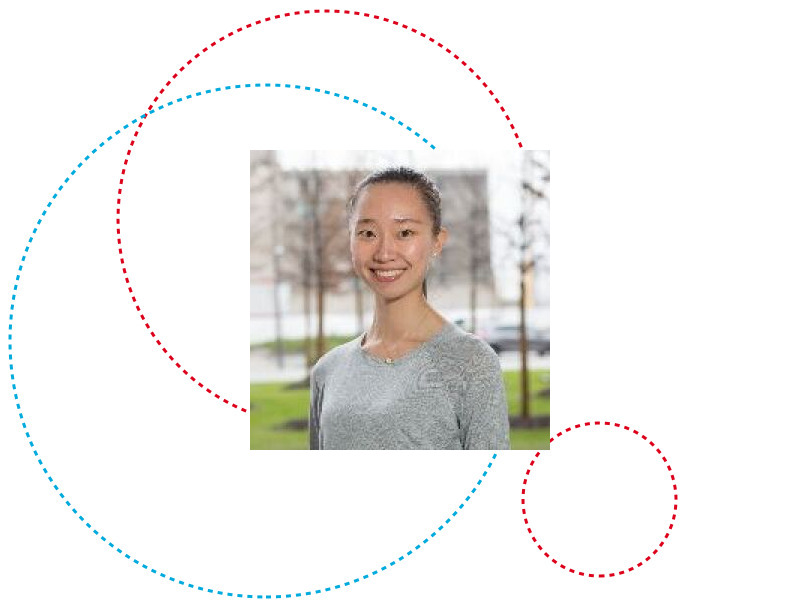Members of the defense committee:
- Prof. Dr Björn Ottersten, University of Luxembourg, Chairman
- Dr Vijay Gurbani, Vail Systems, USA, Vice-Chairman
- A-Prof. Dr Radu State, University of Luxembourg, Supervisor
- Prof. Dr Mats Brorsson, University of Luxembourg, Member
- Prof. Dr Petko Valtchev, University of Quebec in Montreal, Canada, Member
Abstract:
Real-time bidding (RTB) is one of the more popular mechanisms for trading online ad slots. RTB enables advertisers to directly match the user’s profile and the publisher’s profile with their ads for every ad display opportunity through real-time auctions. Properly designed and allocated ads enhance users’ browsing experiences by providing relevant sources of information without bringing too many interruptions. Positive user experiences encourage more ad engagements, which directly increases high profits for both publishers and advertisers.
In this dissertation, we address three major challenges in the RTB environment for display advertising, namely user response prediction, bidding market prediction, and bidding strategies design. First, user response prediction models facilitate the evaluation of the value of each ad display opportunity. For this purpose, we leverage self-exciting effects in users’ purchase behaviours to complete user profiles with temporal features, which improves the performance of forecasting users’ future purchase behaviours. Second, bidding market prediction models estimate the cost of winning an auction, which directly impacts a bidder’s budget consumption. We propose two market prediction models providing price level and distribution level estimations. The price level model captures and correlates the temporal patterns in the bid request features with the market prices at an aggregated level. It significantly decreases the prediction error compared to uni-variate baseline models. The distribution level model provides fine-grained market price distribution predictions for each bid request. It facilitates estimating the winning probability for any bid price and outperforms state-of-the-art models applied in the RTB domain. Third, we propose two bidding strategies in the single-agent and multi-agent scenarios respectively. The former model demonstrates high-efficiency in terms of winning the auctions with clicks under low budget constraint in a stationary bidding environment. The latter model allows each bidder to infer its opponents’ behaviours in the partially observable stochastic bidding environment. It shows faster convergence of the strategy training when all bidders adopt and learn their strategies simultaneously in the non-stationary environment.
The proposed solutions have been tested on large scale real-world bidding datasets and also private datasets from the industrial partner, OLAmobile. The results demonstrate significant improvements over state-of-the-art studies.
